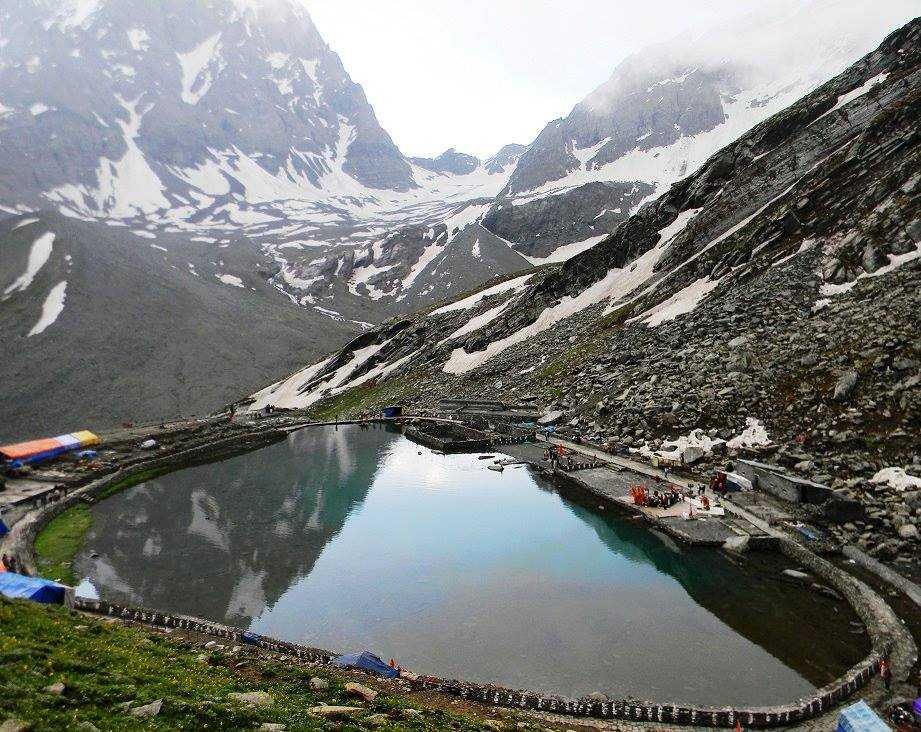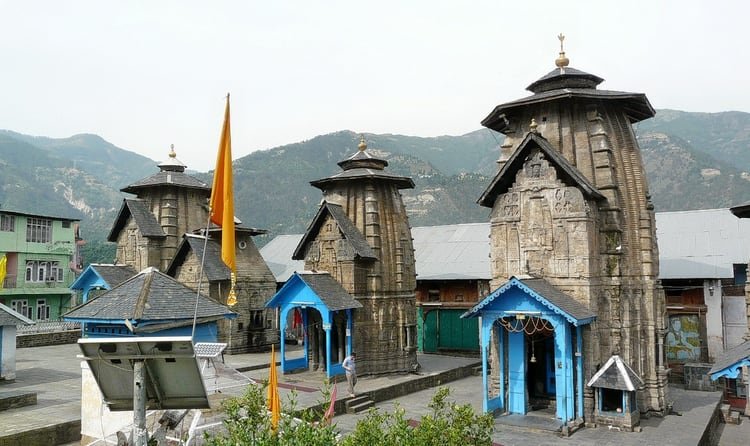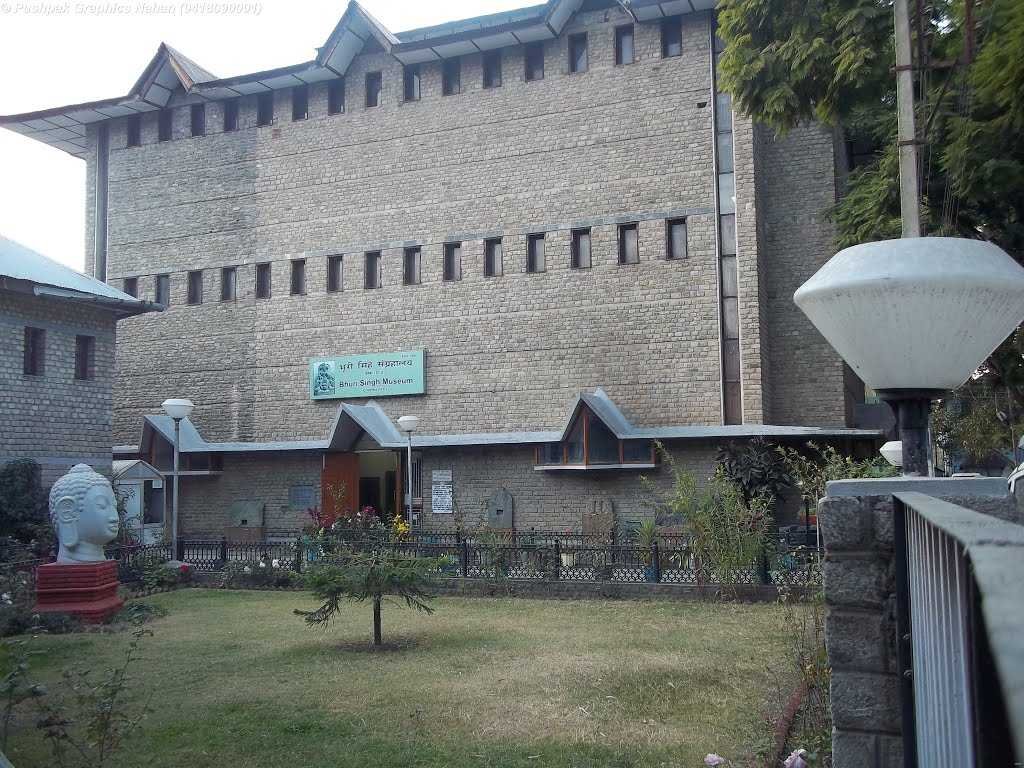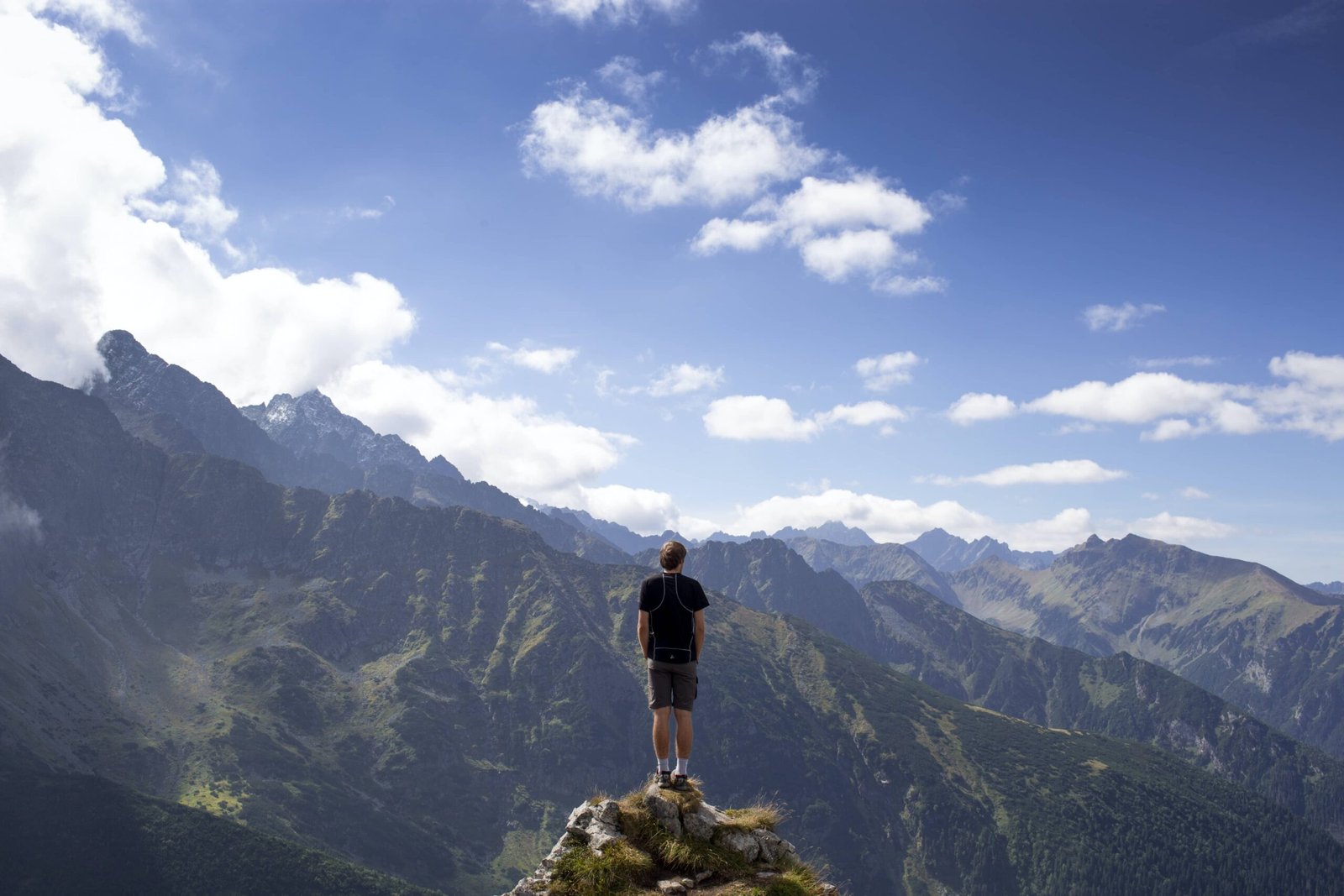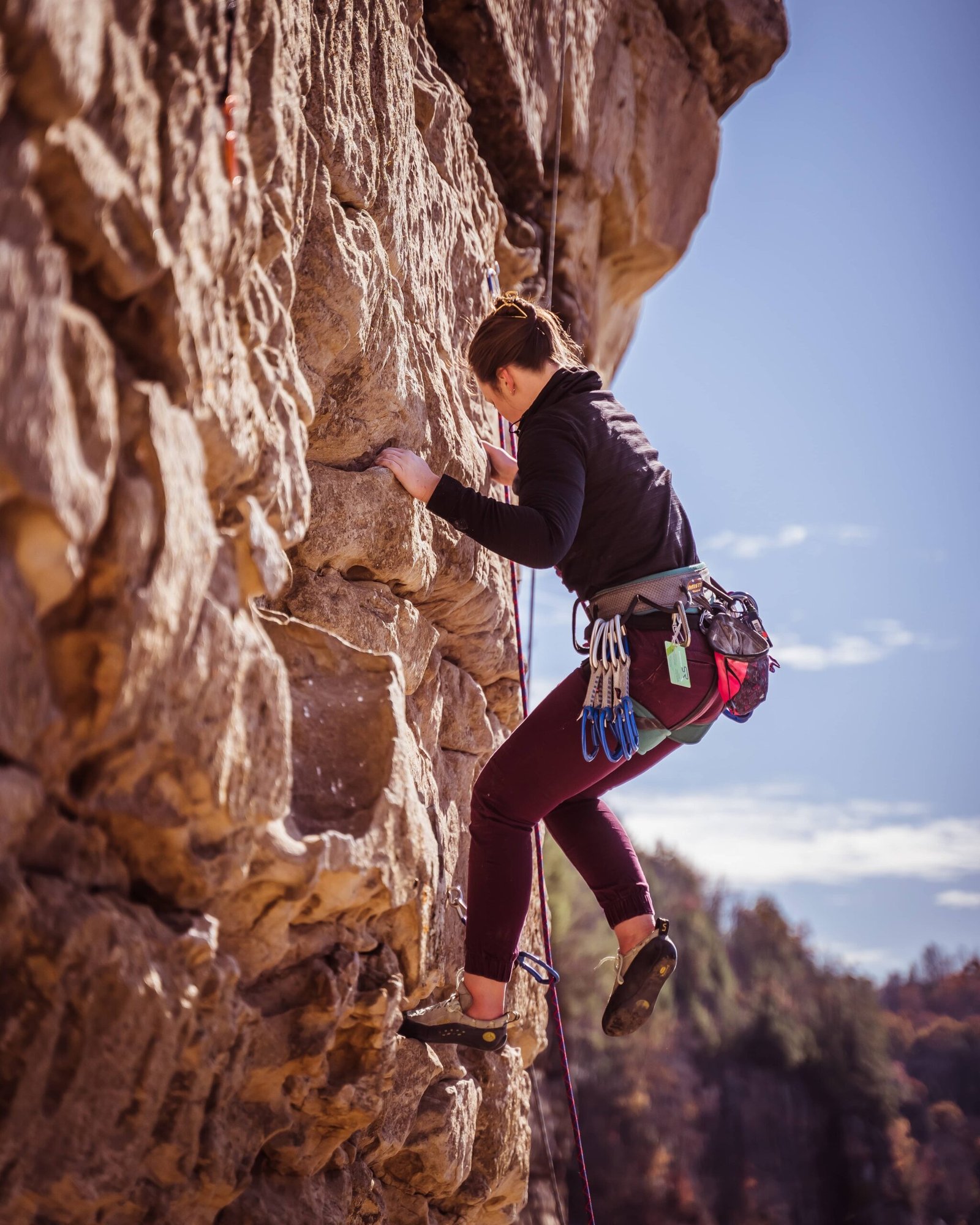 Chamba is a district in the state of Himachal Pradesh, India and it is one of the old districts of Himachal Pradesh. Earlier there were 4 districts in Himachal namely Chamba, Sirmaur, Mahasu (Shimla), and Mandi. All other districts have been added later. Chamba is situated at an altitude of 3,301 feet above sea level and the city is situated on the banks of the river Ravi.
Chamba is a district in the state of Himachal Pradesh, India and it is one of the old districts of Himachal Pradesh. Earlier there were 4 districts in Himachal namely Chamba, Sirmaur, Mahasu (Shimla), and Mandi. All other districts have been added later. Chamba is situated at an altitude of 3,301 feet above sea level and the city is situated on the banks of the river Ravi.
By the way, we have told the complete history of the Chamba district on this website. If you are interested to read the history of Chamba, then we will give you the link, you can read the complete history of Chamba. We have explained in detail how Chamba got its name and who ruled Chamba. Very old temples in Chamba are still visible very well. You can read about Chamba’s history, temples, famous places, and all the interesting facts on this website.
Interesting Facts about Chamba Districs
The headquarters of Chamba district is at Chamba town. Chamba has an altitude of 3,301 feet above sea level. Chamba district shares a border with Kangra, Pathankot district of Punjab, Jammu and Kashmir, Lahaul, and Ladakh. The Ravi River flows through Chamba and during the spring and summer months, melting snow causes the river level to rise significantly, increasing the risk of floods. The temperature of Chamba city is 38 °C in summer and 15 °C in winter. Talking about the rest of the hilly areas of Chamba, the temperature there remains -1 degree Celsius in winter. Although Chamba can be visited anytime, the months from March to June are considered good. The average annual rainfall in the city is up to 785.84 mm.
As of the 2001 India census, Chamba had a population of 20,312. In which males were 52% and females were 48%. And the average literacy rate is 81%, The spoken language in Chamba are Hindi and Chambli. Chamba also has a sizeable population of tribal people, from whom Gurjars and Gaddis come. Chamba is mostly inhabited by people of Sikh and Hindu origin, who came here after the partition in 1947. Gaddi has many castes like Brahmin, Rajput, Thakur, Rathi, and Khatri.
The Chamba Kingdom is said to have remained independent for more than 1000 years without any interference. Since the establishment of the princely state of Bharmour, a total of 67 kings have ruled the Chamba district. The kings of the Chamba kingdom, ruling from the capital of Chamba, divided the kingdom into 5 manuals, which were later called Magician. These sub-regions included Chamba, Bharmour, Bhatti, Churah, and Pangi.
In a study of the architecture of Chamba commissioned by the Indian National Trust for Art and Cultural Heritage (INTACH), with the aim of preserving and restoring individual heritage buildings, it is observed that the urban architecture of Chamba developed in three distinct phases. , The first phase was from 930, dating from the Rajput dynasty that established the capital at Chamba until 1846, the second phase was during the British period, and the third phase constituted the post-independence period following its merger with the Indian Union in April 1948.
Area: 6,522 km²
Population: 19,933 (2011)
Tehsils: Chamba, Dalhousie, Tissa, Chowari, Bharmour, Pangi, Salooni
Languages: Bhattiyali, Dogri-Kangri, Gaddi-Bharmouri, Chambiali, Hindi
Sub-Division: Chamba, Chowari, Churah, Dalhousie, Bharmour, Pangi, Salooni.
Places to Visit in Chamba: Manimahesh Lake, Khajjiar Lake, Bhuri Singh Museum, Laxmi Narayana Temple, Dalhousie, Shri Chamunda Devi Mandir, Rang mahal, Sui Mata Mandir, Champavati Temple, Shri Hari Rai Temple, Kalatop Wildlife Sanctuary, Chamera Dam, Church Of Scotland, Chamba, Khajji Nag Temple
Festivals, Fairs, and Dances:
Two fairs of Chamba which are very famous are “Suhi Mata Mela” and “Minjar Mela”. This fair is very important for the people of Chamba. These fairs are celebrated at Chaugan in Chamba. Deities are worshiped in these fairs. Suhi Mata fair is held every year in March-April. This fair is celebrated for four days in memory of the sacrifice made by the Rani of Chamba to bring water to the city. and the Minjar fair which takes place in August. The fair also celebrates the victory of the king of Chamba over the ruler of Trigarta in 935 AD and the paddy and maize crops grown at this time of the year. There are many local customs in dance in the Chamba district. A solo dance or dance of two people like Farati or Khad-Dumbi is usually performed during Nuwala ceremony and other important occasions, like marriage etc. and Dangri and Sikri are considered notable. Various types of masked dances are also performed in Chamba, such as Chhatradhi Jatar.
Costumes:
The people of Chamba wear a fine woolen blanket or chadar around the waist in winter. The Gaddis wears a white embroidered cap and a loose-fitting white woolen garment called a chola. Chamba’s Nath is also very famous. The people of Chamba are known for their embroidered clothes. Pashwaj dress is worn by women on special occasions and men wear angrakha.
Music of Chamba:
The people of Chamba are known for the traditional folk music of their region which includes folk songs, dances, and folktales. The folk songs of Gaddi can be seen as wedding songs, celebration songs, and love songs. The songs sung during the marriage ceremony are known as ‘charlai’ and these songs depict the relatives of the bride and groom seeking blessings from the deities.
Festival Geet Chambyal celebrates many fairs and festivals with great enthusiasm. The main folk songs are ‘Sukart and Ghanihar’, ‘Kunjdi Malhar’ in Minjar fair, ‘Ainchali’ in Nuala, Baisakhi song in ‘Basoa’ and ‘Kunjdi’ songs of the rainy season are sung in Patru festival. Devotional songs known as ‘Aanchali’ are sung throughout the night.
Prem Geet These songs belong to Srinagar Raas. The feeling of isolation, the hard life of the Gaddis, their social bonds and sacrifices, failed love, etc. are mostly depicted through these songs. Famous love songs are, ‘Kunju and Chanchalo’, ‘Phulmu and Ranjhu’, ‘Raja Gaddan’, and ‘Bhanku Gaddi’ which are very popular among the city and the state.
Places to visit: Khajjiar Lake, Satdhara Falls, Bhuri Singh Museum, Dinkund Peak, Shivkul, Jhandri Ghat, St. Andrew’s Church, Rang Mahal, Chamunda Devi Temple, etc.
Best Time to Visit: The best time to visit Chamba: Is March to June
How to Reach
By Air- The nearest airport from Chamba is the Gaggal Airport in Dharamshala, located at a distance of 124 km.
By Train– Pathankot Railway Station is the nearest railway station to Chamba. It is situated at a distance of 103 km.
By Road – Chamba in Himachal Pradesh is well connected by road to most of the neighboring cities of the state and cities of the country.



